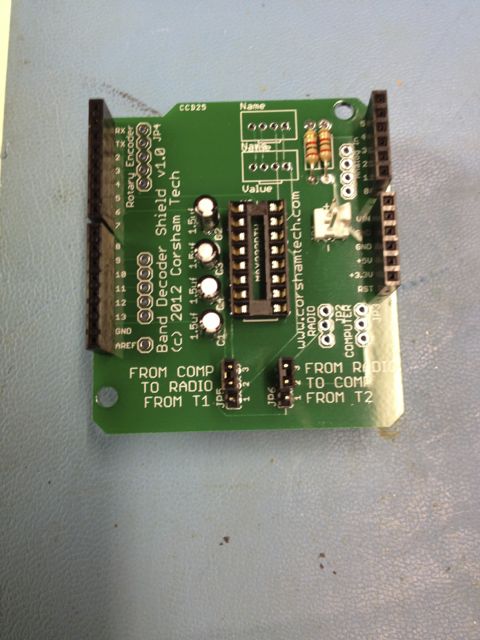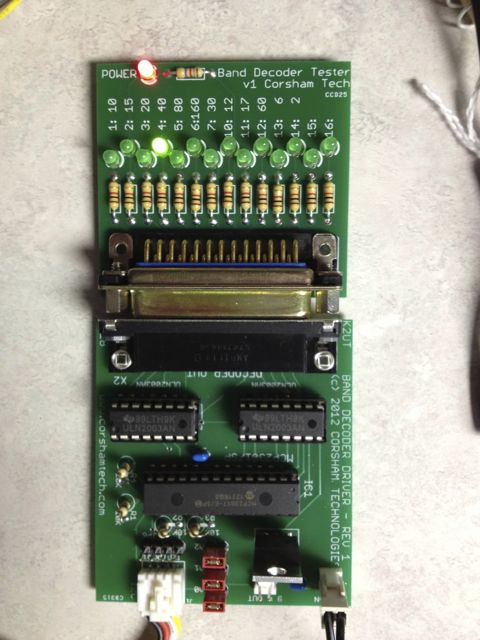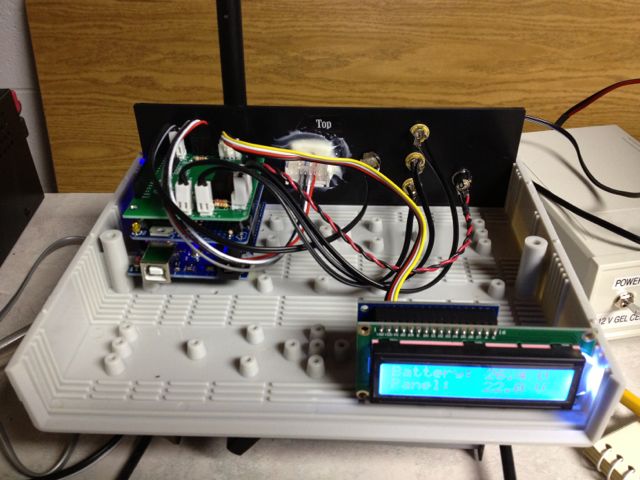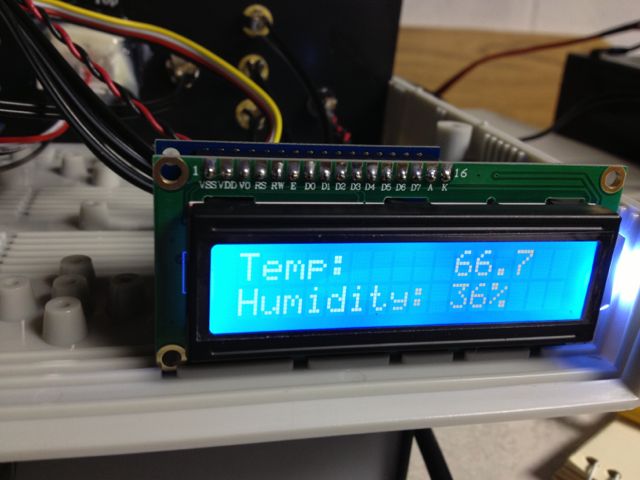It’s been a while since I posted anything and people are emailing asking what’s up, so this is an update. My day job is still really good but taking a lot of time, so there are evenings when Corsham Tech just doesn’t get the attention that it used to. We’re still here, just not spending quite as much time as in the past.
A few months ago I talked about a shortage of parts, and we’re happy to announce most of the parts backlog has been filled, except for the dreaded Molex connectors used on every SS-50/SS-30 board. A large order was supposed to ship the end of February but the vendor informed me that the manufacturer (Molex) won’t ship until late May. That’s too long, so I looked at more expensive sources and found big companies like Digikey also have zero in stock. A bit more searching and I found a bunch and ordered a few hundred. My expenditures on Molex parts is in the order of $700 for the year so far.
The number of products on the web page is a lot more than I had ever planned, and a few of the low-selling items will disappear. However there will be some additions like those hard to find parts needed for some of the boards I sell, such as the MC14411, MC6875, 74HCT145, etc. There will also be packages of those parts so someone can buy some of the least common parts along with blank boards.
I’m starting to spend more time with some of my other hobbies again. Over the last few years I’ve made maybe 100 contacts on my ham radio, compared the few thousand a year in years past (ie, contesting). I keep hearing more about the JT8 protocol and have finally gotten it going, hoping to spend more time on it this weekend.
Another old hobby is robotics, mostly spurred on by my son in college (Drexel) where he’s taking a cool robotics course this quarter. The last time he was home he got my wife and I diving into our old robot stuff again, me doing some work on home-built bots, while my wife got back into the Lego system. She uses them for STEM demonstrations for Girl Scouts, but is doing more with them now.
There is one new revision to an existing board coming. I have the prototypes and just have to site down and do more surface mount soldering and then see how it works. Nothing major, just fixing a problem I didn’t like in an existing board.
Bob




